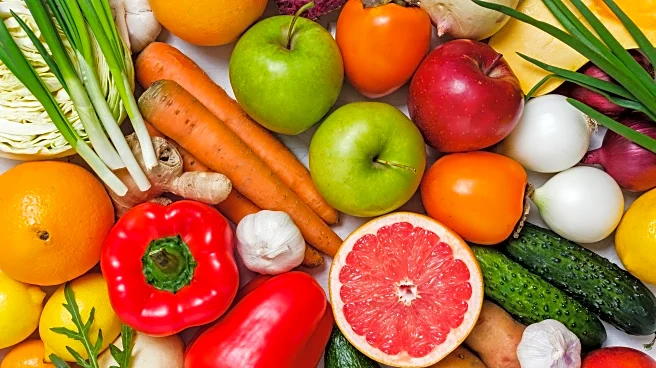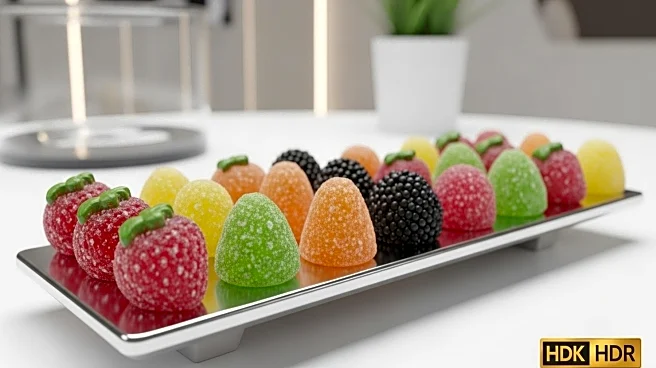What's Happening?
Green juice, once a popular wellness trend, continues to be a staple in many health regimens. Carla Quijano, a certified health coach, promotes green juice as part of a clean, toxin-free diet, citing benefits such as immune system strengthening and cellular hydration. The practice involves pressing vegetables, fruits, and seeds into juice, which is rich in antioxidants, vitamins, and minerals. Despite its waning popularity, the market for juicing appliances remains strong, driven by consumer interest in healthier lifestyles.
Why It's Important?
The continued interest in green juice reflects broader trends in health and wellness, emphasizing organic and unprocessed foods. This trend impacts the food industry, driving demand for organic produce and juicing appliances. It also influences public health by encouraging dietary practices that may improve immune function and overall health. However, the practice of juicing is not universally accepted, and transitioning back to regular eating should be done gradually to avoid discomfort.
What's Next?
As the market for juicing appliances grows, companies may innovate to meet consumer demand for convenient and efficient juicing solutions. Health professionals might further explore the benefits and limitations of juicing, potentially influencing dietary guidelines and consumer choices. The trend could also lead to increased scrutiny of organic labeling and pesticide use in agriculture.
Beyond the Headlines
The green juice trend highlights ethical considerations in food production, such as the environmental impact of organic farming and the accessibility of organic products. It also raises questions about the balance between wellness trends and scientific evidence, as the health benefits of juicing are debated among experts.






